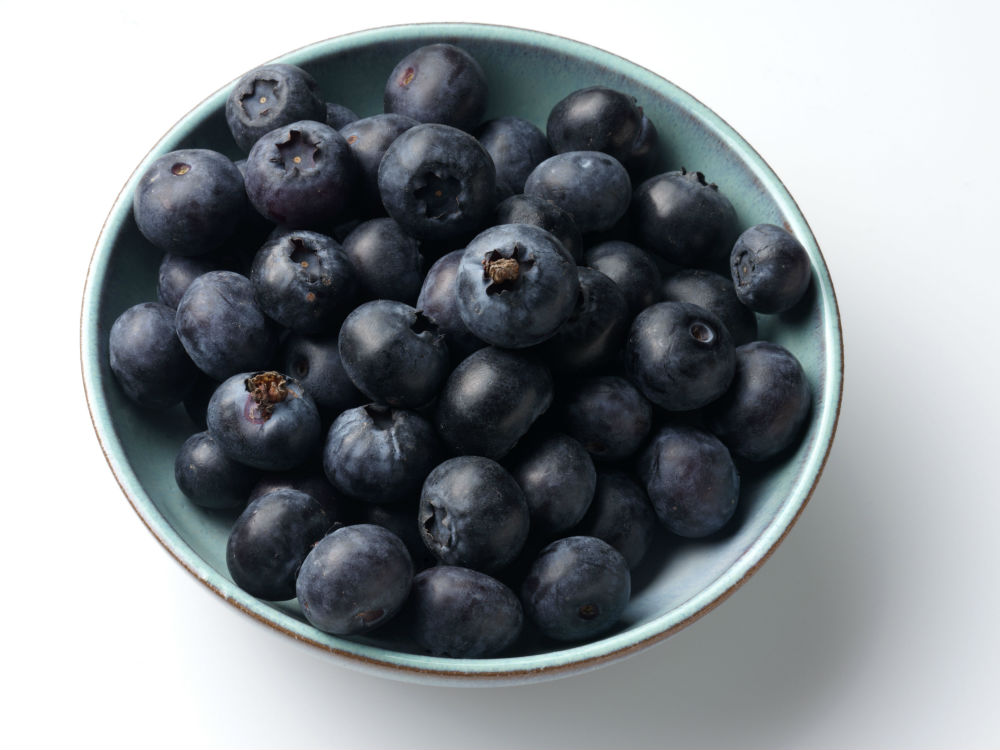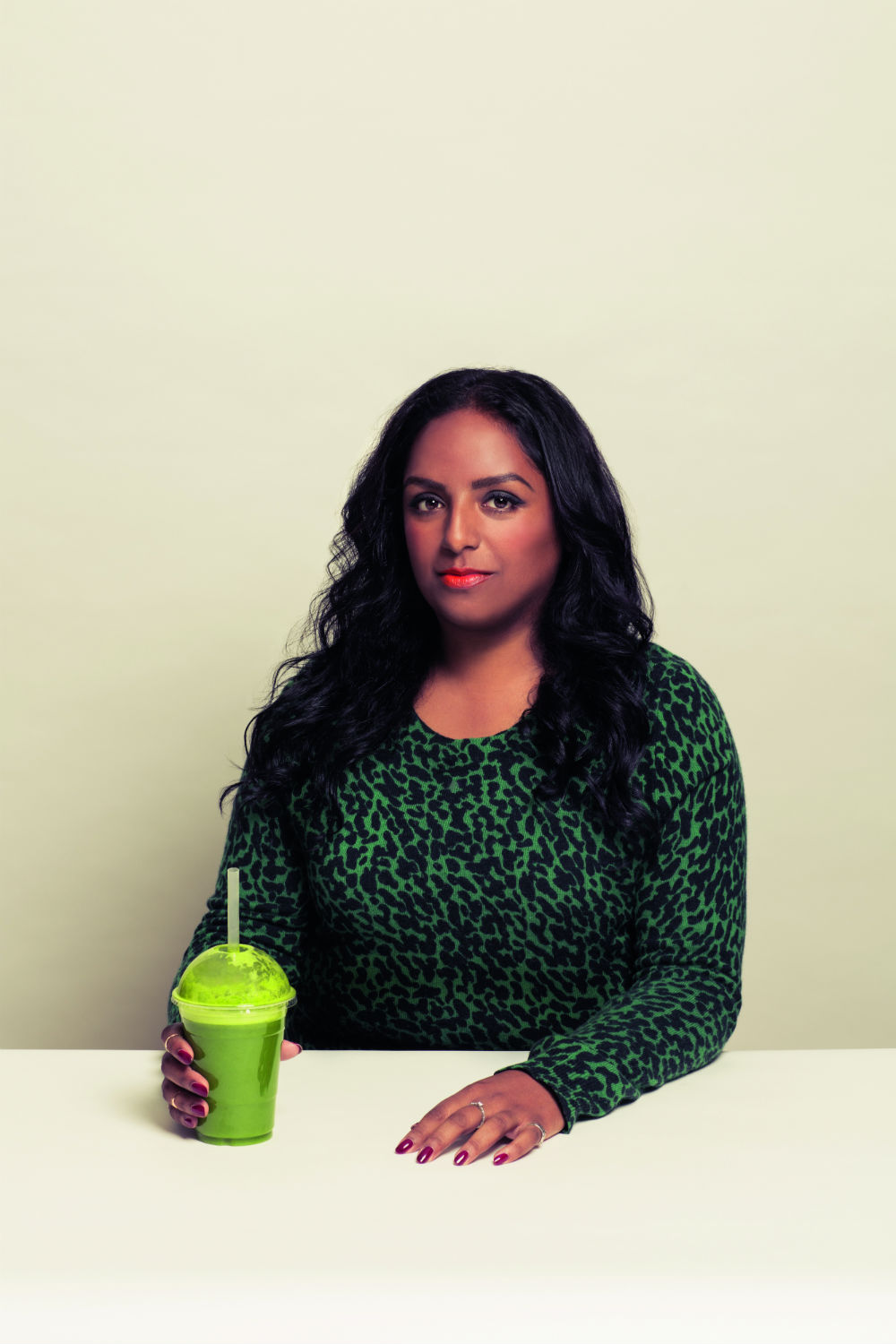Antioxidants uncovered: here's how they really work
Confused by antioxidants? Here's what they can do to up your skincare game.


Confused by antioxidants? Here's what they can do to up your skincare game.
Antioxidants – what IS their deal? They think that they can prevent everything, from cancer through to the impertinent signs of ageing. And the beauty industry is categorically obsessed with them (they’re the most popular skincare ingredient ever, according to market analysts Mintel). While it might sound churlish to deny their prowess, I’m still a little dubious about these cocky swines and their cure-all approach. So, in order to clear up any confusion, I want to know what they do if they work, and whether all antioxidants are created equal. I’m guessing that you might like to get the lowdown, too.

Take an apple, cut it in half, leave it out for an hour and watch as the flesh turns a murky brown. That process, my friends, is oxidation, and it’s caused by free radicals in the air. In part, the same thing happens when it comes to our bodies. When we’re exposed to UV, pollution or other stressors such as smoke and chemicals, free radicals form in the skin. At a cellular level, these free radicals can kick off a chain reaction that causes a huge path of destruction and often, ultimately, the death of the cell (sad face.) But antioxidants swoop in and neutralize free radicals to halt the process. Essentially they’re all kind of awesome. Common antioxidants include compounds such as vitamins C and E, coenzyme Q10, Idebenone, zinc, copper and beta-carotene, but the list is endless - there are millions of them, with so many different functions.
Our bodies do produce their own antioxidants (made by our cells), which neutralise 99.9 per cent of free radicals. But by the age of 30, our cells can no longer eliminate them first enough (and that’s when fine lines and collagen depletion set in. One of the big claims for antioxidants when used in skincare is that they calm inflammation (look for ingredients such as alpha lipoic acid, green tea and pine bark especially) by increasing circulation and cell metabolism. They’re also used for reducing the appearance of scar tissue (opt for products that contain allium, to increase blood flow to damaged cells) and repairing sun damage (you’ll need more than one antioxidant to take on this particular bad boy).
HOW ARE THEY USED IN SKINCARE PRODUCTS?
It’s only over the past ten years that the beauty industry has really woken up to the value of the antioxidant, and using extracts from foods such as pomegranate, green tea, grape seed and mushrooms has become standard practice. I’ve trawled stacks of scientific journals to check whether they’re worthy of the praise, and it’s true - the stats add up in favour of antioxidants and their effects on the body. But that doesn’t mean they always work topically as a part of the beauty regime.
When formulating skincare products, you can’t just throw in a shedload of antioxidants and hope for the best. There are three key factors involved: how to keep them stable in the products (antioxidants are easily perishable); how well they are actually absorbed into the skin; and what concentrations are necessary to make them effective without being an irritant.
Celebrity news, beauty, fashion advice, and fascinating features, delivered straight to your inbox!
Let’s take the issue of stability first. The biggest problem is exposure to light, which facilitates the breakdown of antioxidants, rendering them less potent. One way of solving this is by packaging skincare in opaque bottles and metal tubes, as the natural brands Neal’s Yard Remedies, Grown Alchemist and Antonia Burrell tend to do. It’s a simple measure, but an effective one. And abiding by the ‘use within’ dates stated on the bottom of every product is vital; if it says 6-12 months, sticks to this to see the true effects.
Now to tackle antioxidant absorption. We know that when you enjoy and green juice or a shed load of berries, antioxidants are circulated through the body in out blood and absorbed into the cells. But part of the concern about applying antioxidants topically has been that they might not be absorbed, and could just sit on the skin doing nada. Dr Mike Bell, skincare scientific advisor at Boots, explains why this isn’t the case. ‘Topical antioxidants target the surface epidermal layers of the skin’, he says. ‘They work by quenching the free radicals that are on the skin’s surface, and by supporting the skin’s own natural antioxidant system in the surface layers of the skin.’ Put simply, they neutralise free radicals in the top few layers of your skin, then trigger your body’s systems to fight anything that’s a bit deeper. Combining them with your internal antioxidants (which we obtain from out diets) is the deal way to squash oxidation on the inside, too.
Finally, how do we get the right combination to keep our skin looking swell? ‘There are a number of different types of free radicals generated in the skin, depending on what the external stressor is,’ explains Dr Bell. ‘But a blend of antioxidants is required to tackle the key free radicals that cause accelerated ageing. Polyphones, for instance - found in tea, ginseng and mulberry - quench super oxidation; vitamin C is very effective with ozone; and vitamin E and beta-carotenes work against singlet [less stable] oxygen generated by UVA exposure.’ Essentially, there’s an antioxidant to correct all our environmental ills, you just need to know what you’re looking for (don’t worry, we’ll help- see below).
A WORD ON YOUR SUPERFOOD DIET
Now we know that one antioxidant does not cure all, it makes sense that we’re advised to have variety in our diets. The synergetic effect of antioxidants is well documented, with many studies finding that people who consume a variety of antioxidant-rich foods have a lower chance of developing certain diseases than those who don’t.
It’s not all about the berries and expensive stuff, either. ‘Superfoods’ (especially fresh produce) are ace, but they tend to come from other countries. By the time they’ve reached you? You guessed it - they’re not quite so super. Consult the ORAC scale (just Google it), to discover the antioxidant capacity of various foods. Dr Dendy Engelman, Elizabeth Arden dermatologist, also recommends supporting your diet with oral antioxidant supplements – and she says your best bet is a humble vitamin C tablet, because any excess the body doesn’t use is excreted, rather than being stored by the body, which is potentially dangerous.
The main miscommunication when it comes to antioxidants is that they will solve everything skin-related – they won’t. But, used wisely- in combination with your trusty SPF and a healthy diet- they can form a sound part of any anti-ageing routine, and you should definitely get on board. I’m pretty convinced, which rarely happens- and truly sorry that I ever doubted their brilliance.
YOUR SUPER-CHARGED SKINCARE KIT
These are all the antioxidants you need to infuse your complexion with goodness throughout the day!
Add lycopene to your cleanser If your skin looks drab first thing, try a cleanser with lycopene (derived from red fruit and veg). It promotes collagen and reduces DNA damage. Find it in Indie Lee Brightening Cleanser, £24.95.
Try vitamin C in your serum This cold-fighter is also a kick-ass antioxidant that boosts collagen production and brightens skin. It’s at its most potent in SkinCeuticals Phloretin CF Gel, £150, which remains effective for a minimum of 72 hours, even if you wash it off.
Use a multi-tasking antioxidant day cream Bring in the big guns for your day cream, which needs to protect skin from the likes of air pollution and UV light. N7 Early Defence Day Cream, £19.50, contains a broad spectrum of antioxidants, including polyphenols and vitamin E, to fight the majority of free radicals that we’ll encounter during an average day. Nice work.
Slather on vitamin A before bed Retinol is a mega-antioxidant from vitamin A, but be warned: too much is an irritant; too little is ineffective. Wear Paula’s Choice Skin Balancing Super Antioxidant Concentrate Serum, £29, at night, when skin’s in repair mode.
Think about Idebenone in your eye serum The eye area is particularly susceptible to free radicals, so apply potent Idebenome, courtesy of Elizabeth Arden Prevage Anti-aging+ Intensive Repair Eye serum, £95.
Opt for CoffeeBerry in your night treatment Developed by the same scientist as Idebenone, CoffeeBerry has been shown to diminish the effects of harmful UV radiation. Try Priori Revaleskin Night Cream, £75.
Spritz green tea in a facial mist Chemicals in green tea called catechins can reduce cell damage and inflammation. Use Dermalogica Antioxidant Hydramist, £36.90, to top up your antioxidant intake over a day.
Photography: Nathan Pask/ Rex
Anita is an award-winning journalist with over 15 years of experience on some of the UK’s biggest magazines. She explores beauty culture and questions the power that pretty privilege has over our lives, and has written a book on it called UGLY: Giving Us Back Our Beauty Standards (2023, Blink), which was serialised by The Guardian and Independent and featured by Vogue, Elle, and many more
